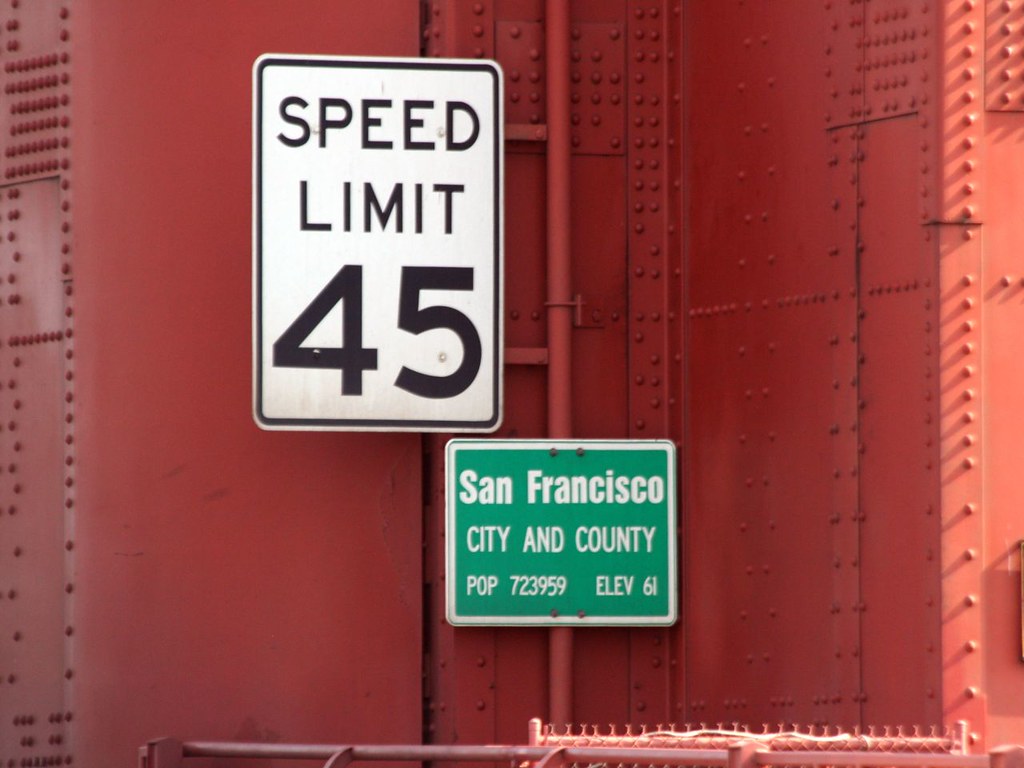In parts of the U.S., it’s customary to associate a single elevation with a whole city regardless of topological variation within it. These elevations are posted at the city limits and at train stations.
For roadside jurisdictional signs, like the San Francisco sign on the Golden Gate Bridge, the California MUTCD requires the elevation to be the spot elevation at “the courthouse, post office, railroad station, or benchmark in the central district of the city”. Which one it is for San Francisco is left as an exercise to the reader. (The standard for city elevations on railroad station signs may be different.)
Ideally, this elevation would be tagged on wherever the elevation was measured, but this location isn’t always obvious to us. Tagging this elevation on the place=city point may be misleading, as it implies a spot elevation at that point. Tagging it on the boundary relation that embraces the spot elevation would be less misleading, if a bit weird.
Anyways, the ele=* tag on the National Wildlife Refuge didn’t come from a city limit sign, or any sign for that matter. It’s a spot elevation from GNIS, based on an elevation model at a specific location where old USGS topographic maps labeled the refuge. We imported the refuge from GNIS as a point at that location, but later the point was conflated with the boundary relation. Since the spot elevation comes from an arbitrary spot on an elevation model, and the refuge has a diffuse geometry, the ele=* tag should’ve been deleted at that time instead of being copied over.
